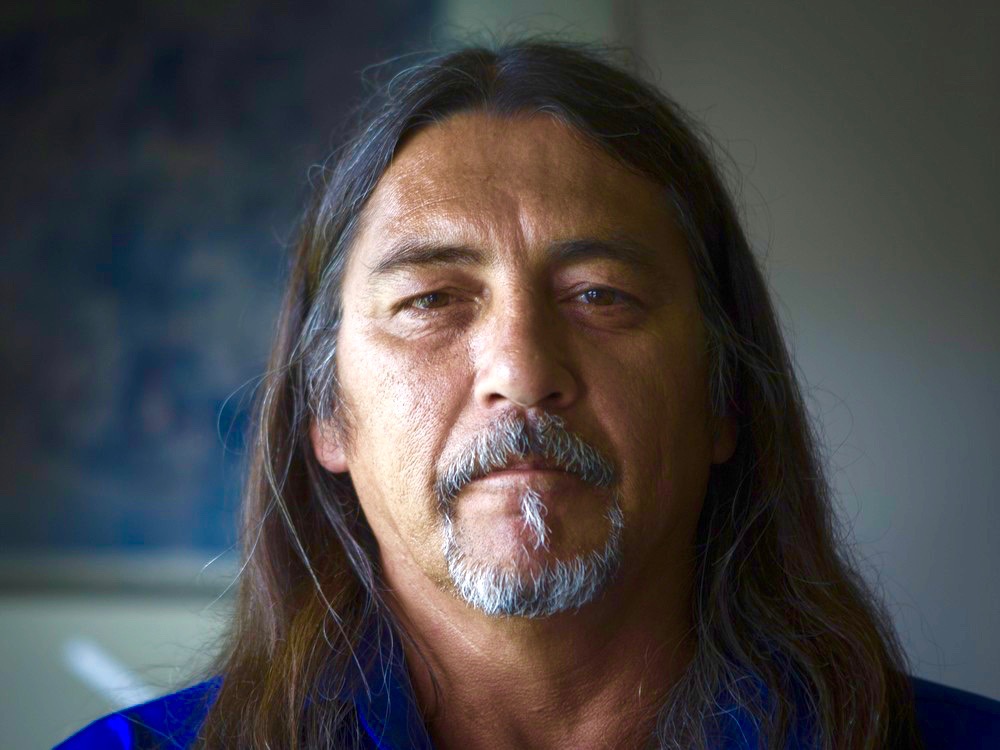
The Mohawk nation is threatening to do everything legally in its power to block the Energy East pipeline project, calling it a threat to their way of life.
Despite perceptions opposition to the project is harboured mainly by mayors in Quebec, a Mohawk-driven Canadian First Nations movement against the project is picking up steam in other parts of the country.
Besides the official opposition of the Assembly of First Nations Quebec and Labrador representing 43 Quebec chiefs, the list against TransCanada’s pipeline now includes the Union of British Columbia Indian Chiefs — who are fighting their own pipeline battle — and the Iroquois Caucus regrouping Mohawk nations in Quebec and Ontario.
The level of anger in the First Nations and their complaint at having not been consulted is revealed in a bluntly worded six-page personal “nation-to-nation” style letter from Mohawk Kanesatake Grand Chief Serge “Otsi” Simon to Quebec Premier Philippe Couillard.
Dated March 9, the letter was obtained this weekend by the Montreal Gazette.
Opening a new front for TransCanada and politicians to deal with, the letter unabashedly tags the project to move 1.1-million barrels of crude oil a day from Alberta to refineries in Eastern Canada “risky and dangerous” to First Nations and a threat to their lands, waters and very survival.
“Indeed an alliance of indigenous nations, from coast to coast, is being formed against all the pipeline, rail and tanker projects that would make possible the continued expansion of tar sands,” Simon writes.
“One thing for sure, we the Mohawks of Kanesatake will not be brushed aside any longer and we wish to press upon you that we reserve the right to take legal action if necessary to prevent the abuse of our inherent rights.”
Simon does not mention it in his letter but, a year ago, he told the Journal de Montréal that barricades against the pipeline were not excluded even though the preferred option remains dialogue.
There was no immediate reaction from the premier’s office. TransCanada spokesperson Tim Duboyce insisted dialogue is still possible despite the tone of the Mohawk letter.
“Our philosophy is to have meaningful and respectful engagement with indigenous communities with regard to Energy East,” Duboyce said in a statement. “We have already held hundreds of meetings with leaders of more than 160 First Nations and Métis communities along the proposed route.
“These meetings have resulted in a series of agreements allowing for funding agreements that allow indigenous communities to carry out their own independent assessments of the project where it may affect things such as impacts on traditional land use. There are also significant opportunities for First Nations communities to work on the project in the construction phase.”
Simon, however, argues pipeline companies are not to be trusted; their promised automatic spill detection systems have proven unreliable and the number of long term jobs created by such projects exaggerated.
“One need look no further than the Nexan pipeline rupture this past summer, which caused one of the worst spills in Canadian history,” Simon writes, adding sections of TransCanada’s Keystone 1 pipeline are 95 per cent corroded after only two years in operation.
Simon says the Energy East pipeline would pass directly through Mohawk lands including the Seigneury of the Lake of Two Mountains and the Outaouais River in violation of treaty rights. The risk of toxic spill is significant, he says.
And he takes a shot at Quebec, too, saying the Mohawk council of Kanesatake was shocked to learn the government was giving TransCanada the green light to do more seismic testing on the Outaouais River (among others).
The permits came despite the fact Environment Minister David Heurtel called a news conference to complain TransCanada was refusing to respect Quebec’s environmental laws and to announce plans to take TransCanada to court.
Heutrel made the announcement just days before environmental impact assessment hearings into the project kicked off in Lévis March 7. Those hearings are scheduled to resume Monday.
Last week, the hearings heard, among others, from the company vice-president, Louis Bergeron, who argued pipelines are safer than trains to carry oil.
“You would still trust this company to to not harm our river in the performance of the seismic testing when it will not even respect Quebec’s environmental law?” Simon writes.
“TransCanada will be forced to abide by Mohawk law, including the prohibition to pass the pipeline through Mohawk lands and waters.”
Simon disputes one of TransCanada’s main arguments connected to the project: job creation. TransCanada says more than 3,000 jobs will be created during the planning and building phase of the project.
Simon said there are many more possible long term jobs associated with clean energy, conservation and efficiency.
“We can assure you that as sovereign people and guardians of our land, we will act accordingly,” Simon writes. “The Mohawk Council of Kanesatake as well as the rest of the Iroquois caucus has made its choice. Other First Nations are making the same choice.”
Simon’s letter further confirms the pipeline has become a political football in Canada.
While TransCanada’s website features a big photo of Alberta and Saskatchewan mayors holding up “Go East,” posters (the premiers of the province are big supporters as well), the story is not the same elsewhere.
Montreal Mayor Denis Coderre and 81 other mayors from the Montreal Metropolitan Community are against. Having fumbled the file several times, the Couillard government itself is less than enthusiastic.
Prime Minister Justin Trudeau’s government has tried to walk the line. In Montreal in January, Trudeau said it’s up to TransCanada to prove the merits of the $15.7 billion project, not him.
A telephone poll by the SOM firm in late 2015 found that 57 per cent of Quebecers opposed Energy East.
3 WAYS TO SHOW YOUR SUPPORT
- Log in to post comments
















